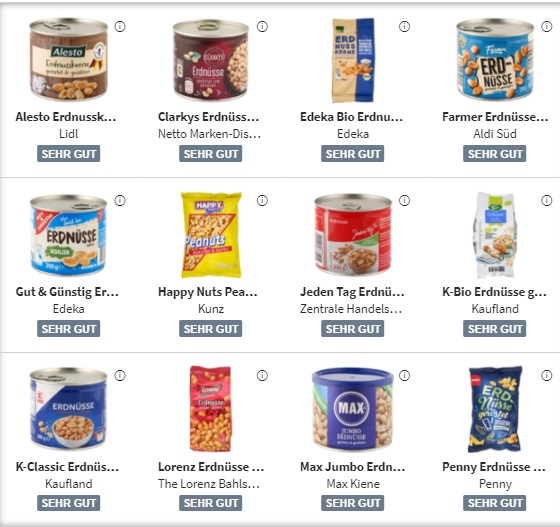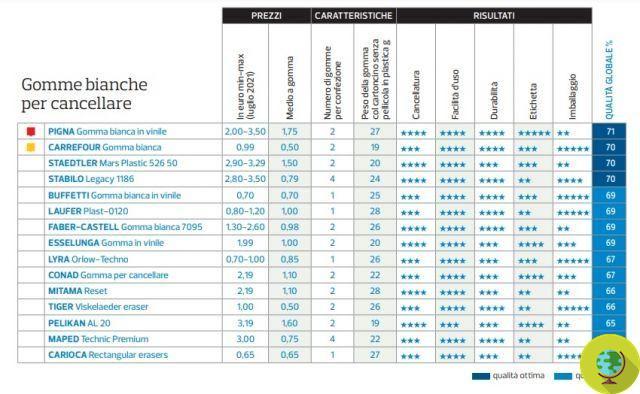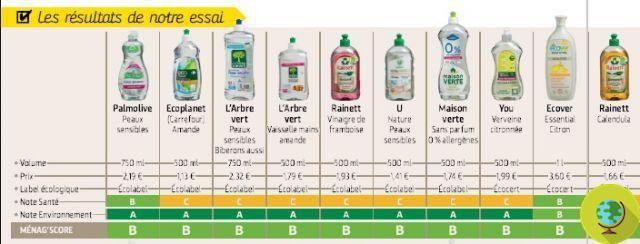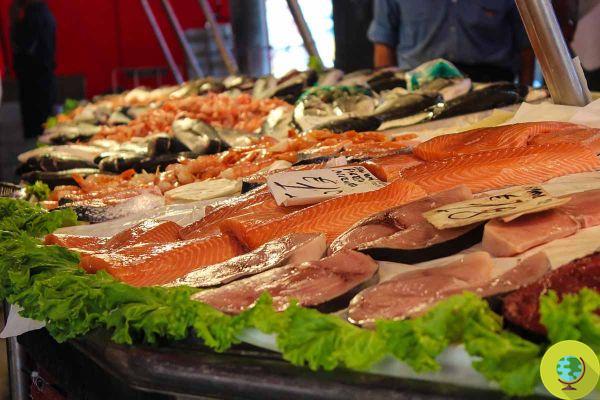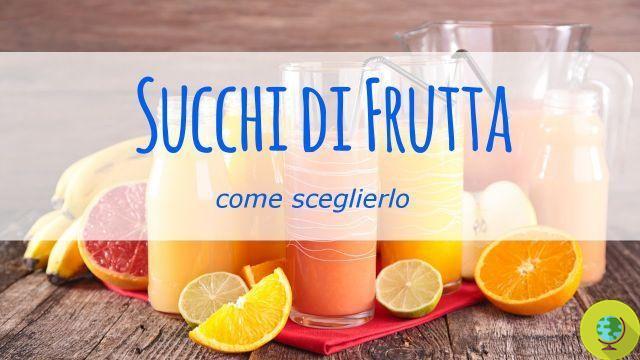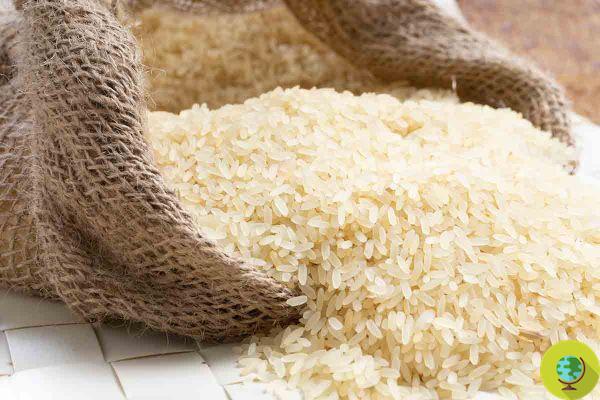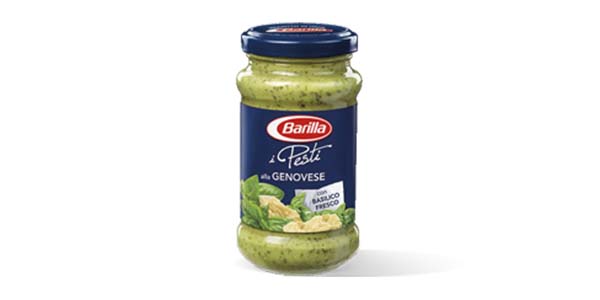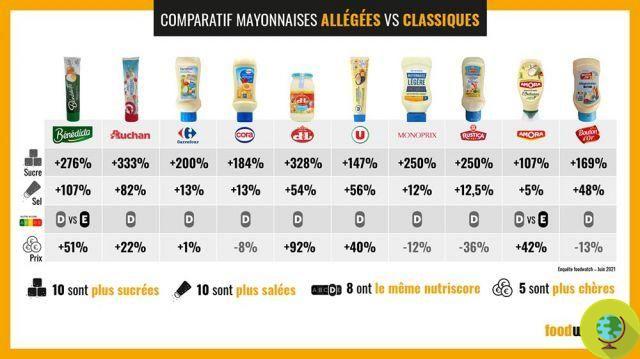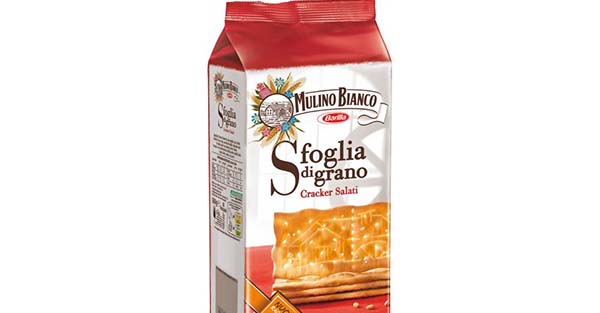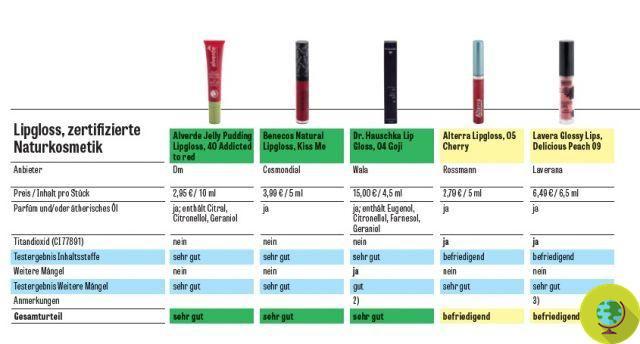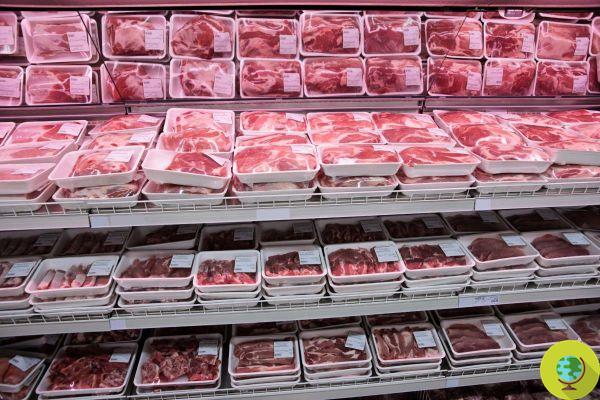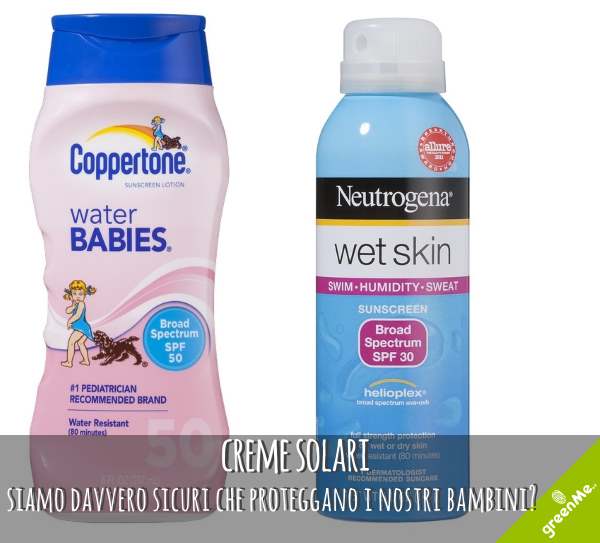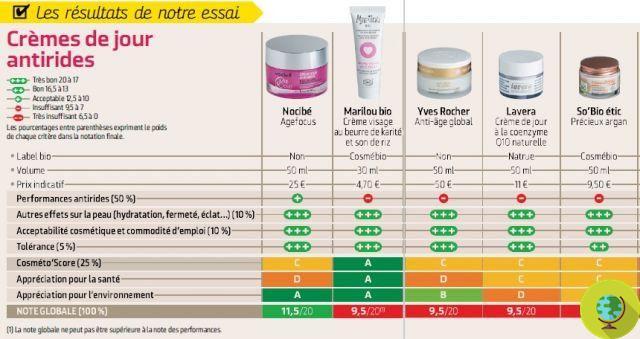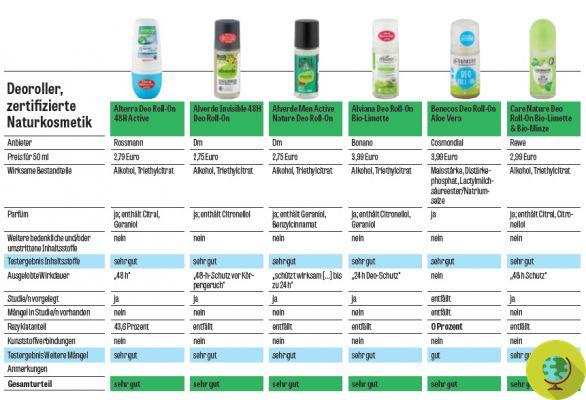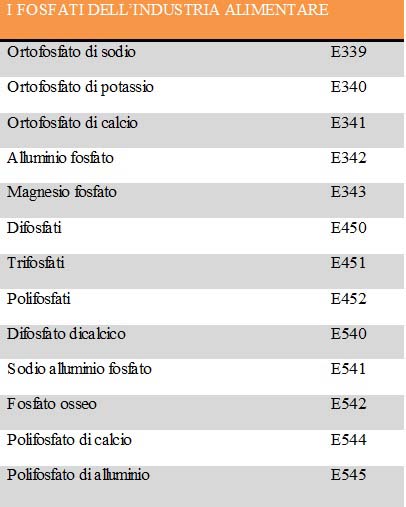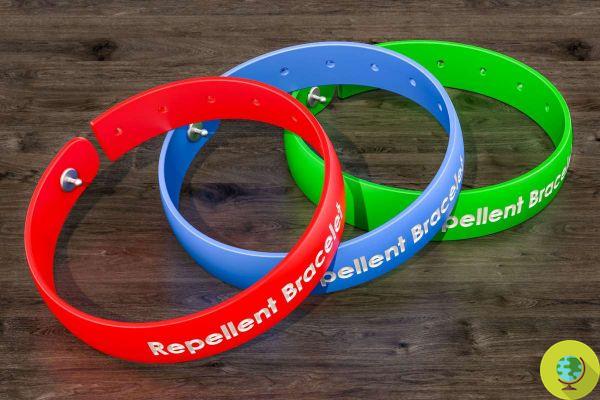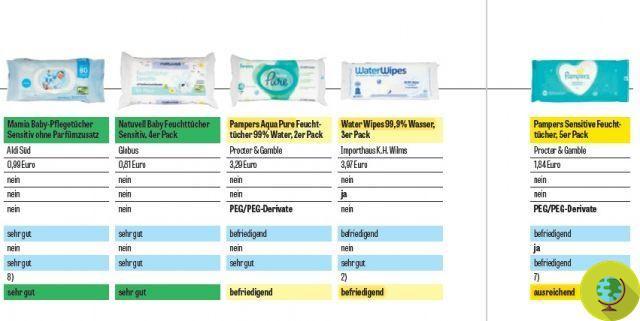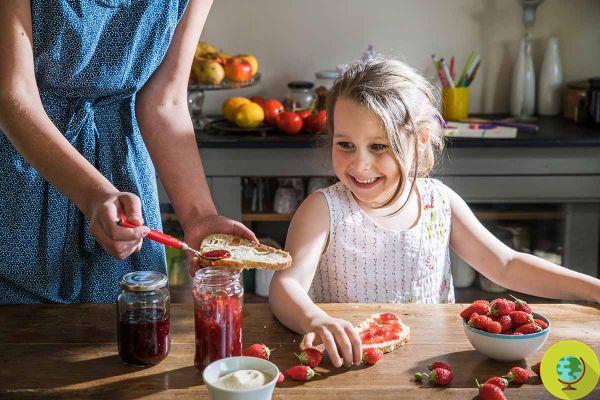
The new test of Il Salvagente compared 16 strawberry jams, finding 2 levels too high for children of a toxin
Don't store avocado like this: it's dangerousMany adults and children love to have breakfast with rusks or bread with jam. As always, however, if we are unable to prepare jams at home, we must be careful about what we buy. A new test, carried out on the most common strawberry jams, highlights some critical contaminations, especially for the little ones.
We should say jams (unless they are citrus fruit) but they are more commonly called jams, those fruit-based spreads, in variable percentages, of which it is good to pay particular attention to the labels, even if sometimes this is not enough.
This is highlighted by the new test of the magazine Il Salvagente which he took as a sample and analyzed 16 strawberry jams looking for pesticides, heavy metals and toxins in them. Contaminants that can be particularly dangerous for the little ones.
The brands analyzed are the most diverse: from the historical ones such as Santa Rosa or Zuegg, to the large-scale retail brands (Coop, Conad, etc.) up to those of discount stores such as Lidl or Eurospin. Of course, there are also some biological alternatives such as those of Alce Nero, Rigoni and Ecor.
The results of the strawberry jam test
As regards the pesticides, the magazine positively emphasizes the fact that, despite being found traces of 12 pesticides (including boscalid, cyprodinil, Imazali) were always well below the legal limits (in some cases even 1000 times below).
On the pesticide front it therefore seems that we can rest assured. Instead, the presence of one in some products generates concern tossina note eat patulin.
Even in this case, in reality, the levels were normal but the problem can arise if, to consume the strawberry jam contaminated even by very small traces of this toxin, it is a child under 3 years of age.
Two test products (100% Zuegg fruit jam e extra jam Bonne Maman), in fact, showed traces of patulin at levels higher than those allowed for baby food, precisely that intended for children up to 3 years of age.
As always, also in this case, everything is in accordance with the law in the sense that, indeed, those two jams are not a food specifically designed for small children. These are jams that are not part of "baby food" and therefore do not have to respect the limit of 10mg / kg of patulin (a limit which, among other things, does not exist for older children and adults).
Regulation 1881 of 2006, which establishes limits for toxins, does not provide for a maximum threshold for strawberry compotes. Il Salvagente has therefore chosen, to evaluate these products, a restrictive reference limit which is the one set for apple compotes (25 mg / kg f).
The strawberry compotes analyzed were all well below this limit but, the same regulation also sets a maximum limit for all foods intended for infants that are not "cereal-based", therefore also strawberry compotes. The limit is, as already mentioned, 10mg / kg, and this is what has been exceeded but, we reiterate it once again, in foods that in fact would not be intended for early childhood.
Not all parents, however, are so informed that they know that their children before the age of 3 should not eat foods intended for adults (and it is not just jams, you may remember for example the question of Barilla "little ones").
The magazine also underlines the absurdity that at 3 years and 1 day children are considered as adults and therefore can theoretically take the same toxins as an adult by law.
But, back to the patulina, the problem is that this toxin, if taken in excess, it can create gastrointestinal problems up to ulcers and bleeding. The magazine has therefore decided to advise against the two aforementioned jams precisely because the levels of patulin are excessive for younger children.
But why can this toxin be present in strawberry jam? Alberto Ritieni, Professor of Food Chemistry at the Federico II Pharmacy Faculty of Naples, explained it to Il Salvagente:
“Patulin develops on the surface of fruits, and in the case of strawberries it goes hand in hand with the development of mold. It tends to form during storage, transport and processing. Basically, the levels of patulin indicate the quality of the raw material used ".
Between the best jams in the test we point out:
- Ecor bio compote
- Organic preparation (with strawberries) Rigoni
- Coop extra jam
- Conad extra jam
finite in background alla classifies they are instead:
- Extra jam Bonne Maman
- Vis fruit poetry extra jam
Source: Il Salvagente
Read also:
- Jams and marmalades: which ones and how to choose?
- How to choose a good and quality jam




